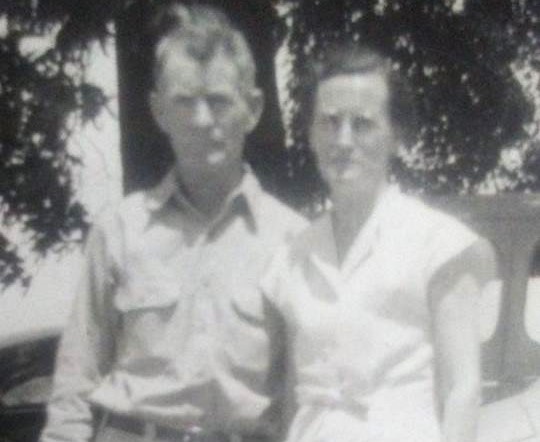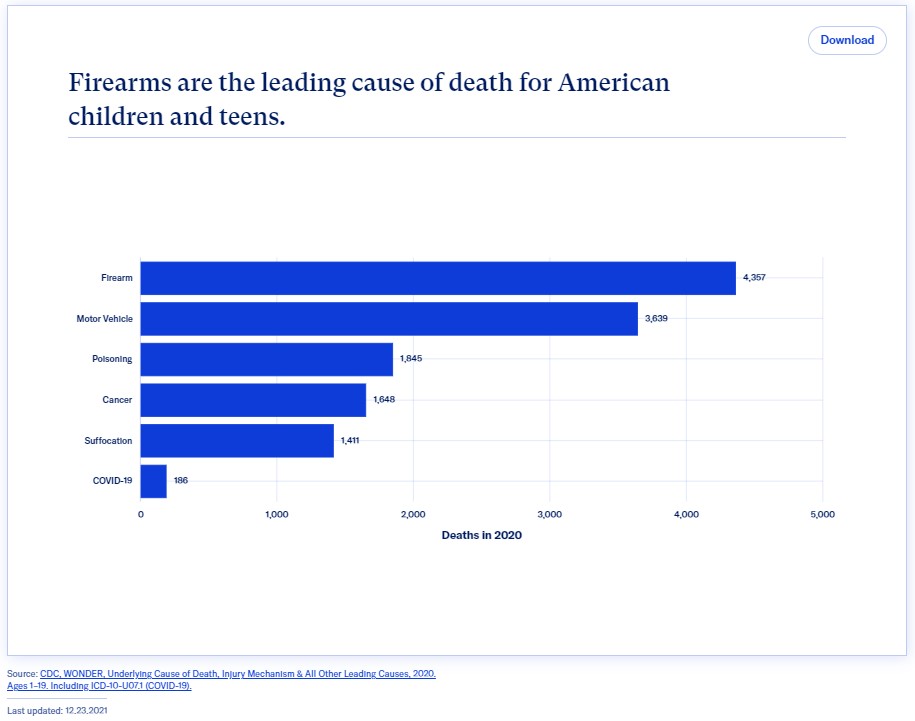
We were cruising in a two-seater aircraft, the pilot in front and me behind. A Fourth of July afternoon in central Texas, it was hot, and the pilot explained he was searching the rural area for an open field that would create strong thermals – an upward current of warm air used by birds and flying machines for lift.
I was relaxed, enjoying the view.
Suddenly, the cockpit – indeed, the entire plane – went into a snap roll where the plane continued flying straight but did a 360-degree revolution.
I thought I just might throw up. I also thought this little trip might end sooner than we expected.
I then heard the pilot through my headset. Yeah, maybe he was laughing.
He apologized for surprising me with the move and promised to inform me of upcoming maneuvers. That was all I needed. Once I knew what was about to happen, my stomach had no problem handling it.
One of the neat things about a journalism career is the opportunity to get a close look at a variety of things, such as a by-the-seat-of-the-pants experience in an aerobatic plane.
In 1978 or ’79, Leah and I made the short drive from Brenham, Texas, to Chappell Hill to watch the Independence Day Parade down the small town’s main street. The highlight of the parade was what was billed as the “World Famous Marching Kazoo Band,” made up of anyone willing to grab a kazoo and hum along. Apparently, the band is still featured in the parade.
Come to find out, another highlight that year was an aerobatic pilot.
Neat, right?
The photographer from our newspaper, a fellow who said he had flown in the past, got a word with the pilot and asked if he would take up one of our reporters. That, of course, would be me. The pilot agreed and we planned to meet a while after his show.
We found him in a field outside town and, before you know it, he and I were bouncing down a grass “runway” and reaching for the skies.
After the snap roll, there were several other maneuvers, but one stands out most vividly.
He pointed the plane straight up and powered the plane toward the heavens … higher and higher. Then, he killed the engine and gravity gradually brought the plane to a stop. Most impressive was the stillness and quiet during that brief time we were hardly moving. We tilted to the right and started back down, rapidly picking up speed and still without the engine running.
According to the photographer, Leah maybe expressed a bit of concern as they watched from down below.
Finally, the pilot started the engine and powered through another move as he pulled us from our death plunge.
A great memory … but I could have done without the surprise snap roll.





















